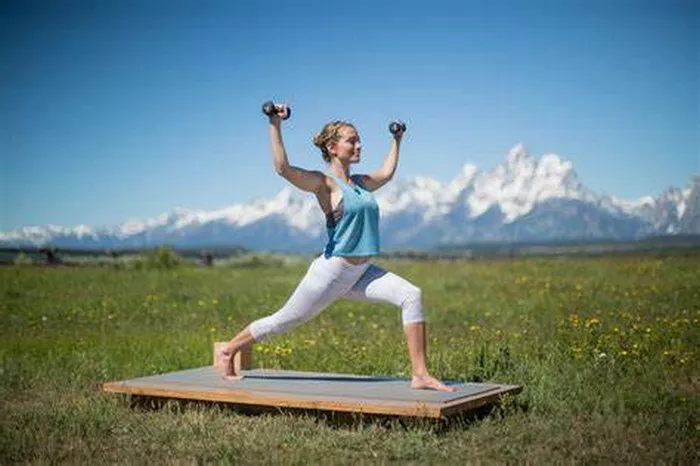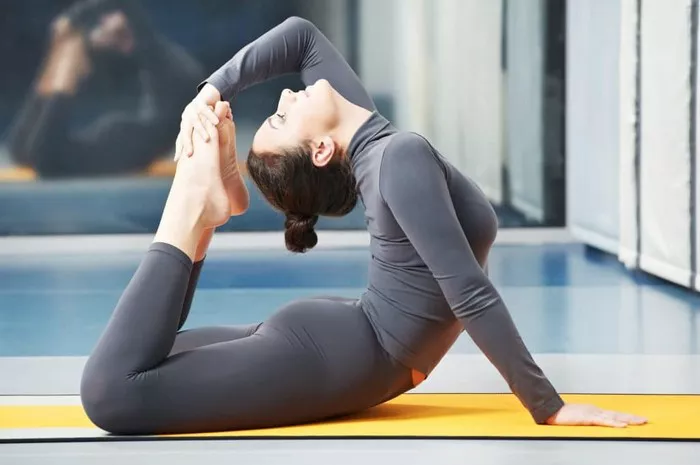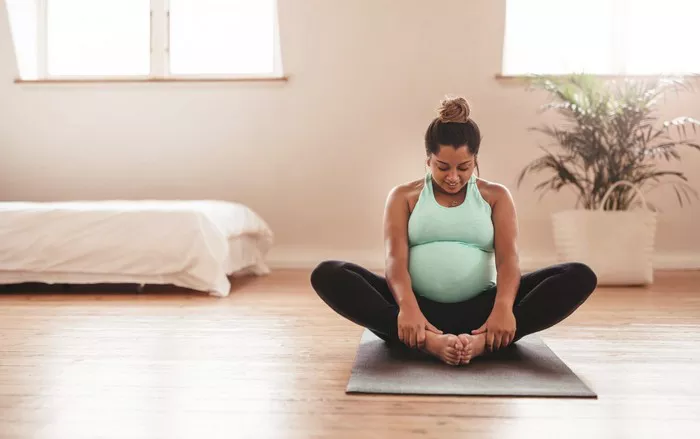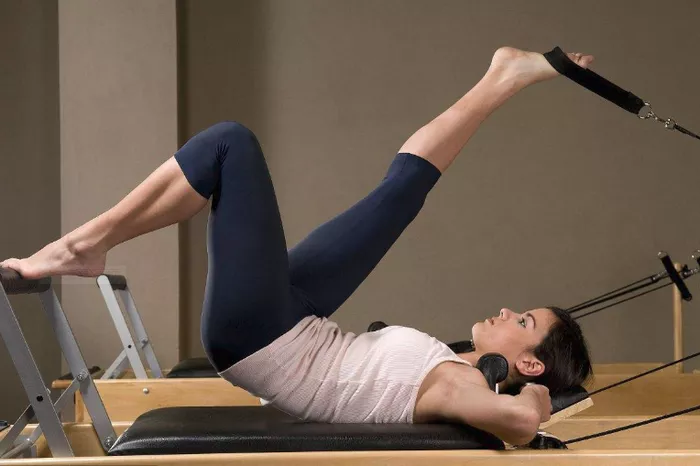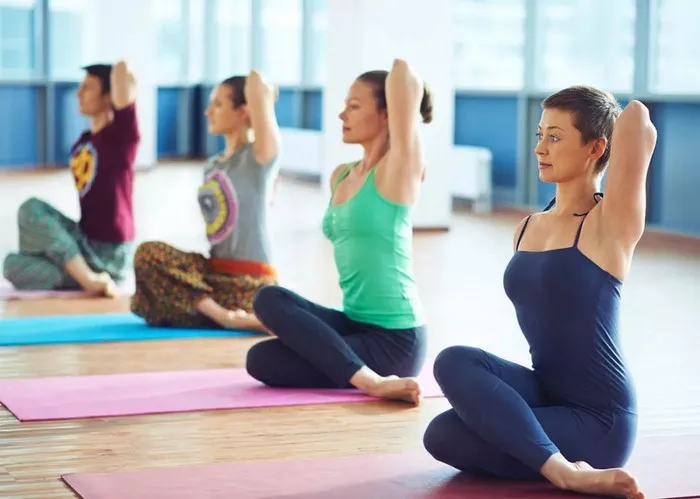In the evolving world of yoga, practitioners constantly seek new tools and techniques to enhance their practice. Among the myriad of props available, the yoga chaise lounge stands out for its versatility and ability to deepen relaxation and support various poses. This article explores the myriad ways to utilize a yoga chaise lounge, offering insights into its benefits and practical applications for both beginners and experienced yogis.
Understanding the Yoga Chaise Lounge
A yoga chaise lounge is a specially designed chair that provides ergonomic support, allowing practitioners to maintain proper alignment and enhance comfort during their practice. It typically features a contoured shape that supports the natural curvature of the spine, making it ideal for restorative and therapeutic yoga practices.
Benefits of Using a Yoga Chaise Lounge
Enhanced Relaxation and Comfort
The ergonomic design of the yoga chaise lounge promotes relaxation by supporting the body’s natural alignment. This support helps to reduce muscle tension and allows the practitioner to fully relax into the pose.
Improved Alignment and Posture
By providing stable and comfortable support, the yoga chaise lounge helps in maintaining proper alignment, especially in poses that require a strong foundation. This can be particularly beneficial for beginners who are still developing their body awareness.
See Also: 8 Yoga Poses for Spine Alignment
Versatility in Practice
The yoga chaise lounge can be used in a variety of poses, from restorative to more active asanas. Its design allows for modifications that make challenging poses more accessible, thus enhancing the overall yoga experience.
Therapeutic Benefits
For individuals recovering from injuries or those with chronic pain, the yoga chaise lounge offers a safe and supportive environment to practice yoga. It can help alleviate discomfort and promote healing by reducing strain on the body.
Using the Yoga Chaise Lounge: Practical Applications
Restorative Poses
Supported Reclining Bound Angle Pose (Supta Baddha Konasana)
- Sit at the edge of the chaise lounge with your legs bent and the soles of your feet touching.
- Slowly recline back onto the chaise lounge, allowing your back and head to be fully supported.
- Let your arms rest comfortably at your sides, palms facing up.
- Stay in this pose for 5-10 minutes, focusing on deep, even breathing.
This pose helps to open the hips and chest while providing deep relaxation.
Supported Child’s Pose (Balasana)
- Kneel in front of the chaise lounge with your knees slightly wider than hip-width apart.
- Lean forward, draping your torso over the chaise lounge.
- Rest your forehead on the chaise lounge and allow your arms to extend forward or rest alongside your body.
- Hold this pose for 3-5 minutes, breathing deeply and releasing tension from your back and shoulders.
This pose is excellent for releasing tension in the lower back and promoting a sense of calm.
Active Poses
Supported Downward-Facing Dog (Adho Mukha Svanasana)
- Stand facing the chaise lounge, about one arm’s length away.
- Place your hands on the edge of the chaise lounge, shoulder-width apart.
- Step back, bringing your body into a V shape with your hips lifted and your spine extended.
- Keep your feet hip-width apart and press your heels toward the floor.
- Hold this pose for 1-2 minutes, focusing on lengthening your spine and opening your shoulders.
Using the chaise lounge in this pose helps to reduce strain on the wrists and shoulders, making it more accessible for those with upper body limitations.
Supported Seated Forward Bend (Paschimottanasana)
- Sit on the floor with your legs extended in front of you.
- Place the chaise lounge in front of you and rest your forehead and arms on it.
- Allow your torso to relax forward, keeping your spine long.
- Stay in this pose for 2-3 minutes, breathing deeply and gently stretching your hamstrings and lower back.
This pose encourages a gentle, supported stretch, enhancing flexibility and relaxation.
Therapeutic Uses
Gentle Backbend
- Sit at the edge of the chaise lounge with your knees bent and feet flat on the floor.
- Slowly recline back, allowing your spine to follow the contour of the chaise lounge.
- Let your arms rest comfortably at your sides or overhead.
- Hold this pose for 5-10 minutes, focusing on deep breathing and allowing your chest to open.
- This gentle backbend is beneficial for those with tight chest muscles or for individuals looking to improve their posture.
Supported Legs-Up-the-Wall Pose (Viparita Karani)
- Place the chaise lounge against a wall.
- Sit sideways on the chaise lounge with your right side touching the wall.
- Swing your legs up onto the wall as you lower your torso onto the chaise lounge, coming into an L shape.
- Allow your arms to rest comfortably at your sides or overhead.
- Hold this pose for 5-10 minutes, focusing on deep, relaxing breaths.
This pose helps to improve circulation, reduce swelling in the legs, and promote relaxation.
Integrating the Yoga Chaise Lounge into Your Practice
Creating a Routine
Incorporate the yoga chaise lounge into your regular practice by selecting a few poses that you find most beneficial. Start with restorative poses to relax and center yourself, then move on to more active poses to engage and strengthen your body.
Listening to Your Body
As with any yoga practice, it is important to listen to your body and not push beyond your limits. The yoga chaise lounge is a tool to enhance your practice, so use it in a way that feels supportive and comfortable.
Seeking Guidance
If you are new to using a yoga chaise lounge, consider seeking guidance from a yoga instructor who can provide personalized tips and adjustments. This can help you get the most out of your practice and ensure you are using the chaise lounge safely and effectively.
Conclusion
The yoga chaise lounge is a versatile and valuable tool for enhancing your yoga practice. Whether you are looking to deepen your relaxation, improve your alignment, or find therapeutic support, the chaise lounge offers a range of benefits. By incorporating this prop into your routine, you can experience a more comfortable, supported, and enriching yoga practice. Remember to listen to your body, practice mindfully, and enjoy the journey of exploring new ways to enhance your well-being through yoga.
Related topics:





